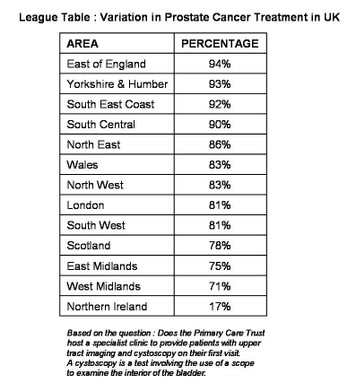Third in a series of three describing the day in the life of a discriminated man (Morning posted 27th March, Evening 3rd April)
Part Three – Evening
On his way home from work, John hears a story about a woman having her handbag snatched from her in the High Street. Everyone is talking about it, and saying that the street is not a safe place for a woman. Yet again, statistics prove this to not be entirely true. Crime rates show that the victims of crimes of this nature are mostly young men. Despite this having been the case for the last few years, all of the campaign material about safer streets is aimed at women. This is also the case for domestic violence – all the helplines are for women, even though a survey found that 18% of men had been victims of domestic abuse compared with 13% of women.
When John is home, he gets a call from a friend of his who knew a man who had just been acquitted of date-rape. 30% of all reported date-rape allegation cases turn out to be false. The same is true of sexual harassment cases, where some women pursue the allegations simply to punish the man in question.
John himself knows a woman accused of GBH. In her case, she was given a lighter sentence because she was a single parent. John does not know any men who have escaped sentencing in this way, because it does not happen.
This kind of discrimination occurs across the world. Australian Kevin Guerds, who streaked across a football pitch was arrested and held for seven hours, while a woman guilty of the same offence escaped with a fine.
When John is driving to the shops later that evening, he is cut off by a female driver. This happens to John regularly and again statistics show John is not the one in the wrong. The crash rate of women drivers is twice that of men drivers, and even though drinking alcohol increases the crash rate of men by only 5%, the majority of those imprisoned under DUI laws are men, and women are almost never imprisoned for their much higher number of non-alcohol-related crashes.
The more John thinks about this type of discrimination, the more he realizes it is all around him, and that it seems little can be done about it. On any given night, bars, clubs and restaurants are institutionally prejudiced against men, and the Equal Opportunities Commission seems reluctant to step in, choosing instead to deal with enquiries such as ‘Can a pub refuse to serve a transsexual?’ and ‘Can a pub refuse to serve a woman a drink in a pint glass?’. These are seen as offences, but any question about male and female issues has wording to the effect that promotions such as ‘Ladies Night’ and ‘Free entry to anyone wearing a skirt’ are deemed legal.
By Jamie Watt




Recent Comments